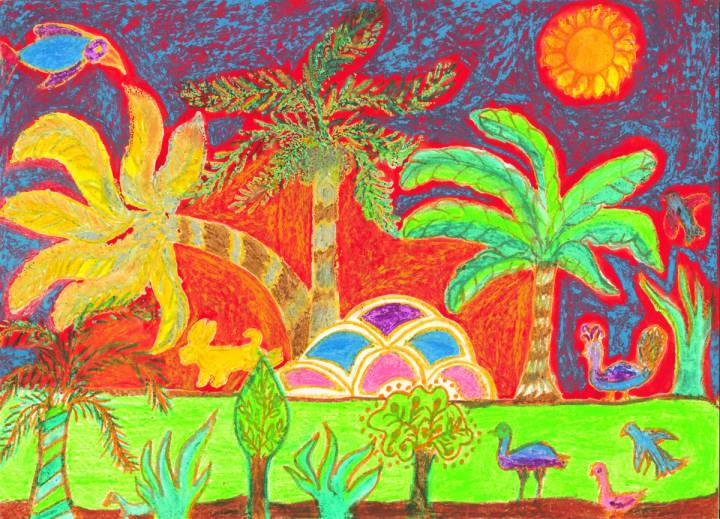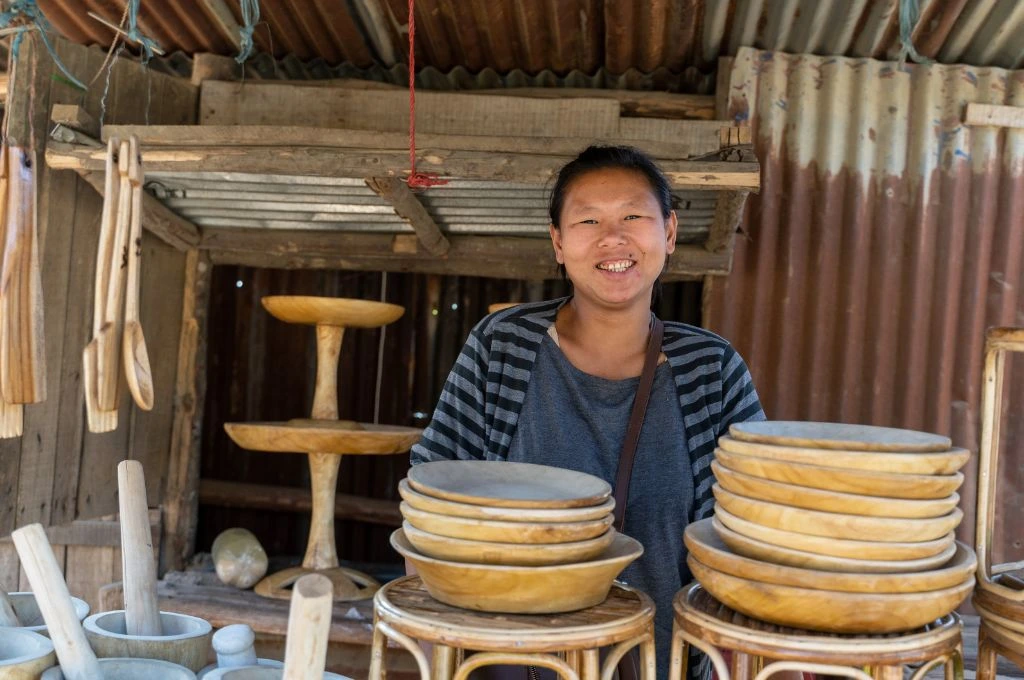I recently completed an exercise based on Dator’s Four Futures, through which my colleagues and I explored four archetypes of plausible alternative futures: Growth, collapse, discipline, and transformation. Not surprisingly, we were quick to elaborate on the ‘collapse’ scenario—budget cuts, organisation shutdowns, recession, job losses, poverty, social unrest, and so on. Our grim view of the future was fed by the bleak news that beams through our screens all day.
And yet, when we started thinking through the ‘discipline’ (what can we do which is in our control) and ‘transformation’ scenarios, we were able to envision a future that was remarkably different from our worst fears. It is still conjecture; it is still in our realm of imagination. But possibility is a powerful driver. Hope exists only if possibilities exist.
A manifesto of possibilities
Driven by a sense of hope, I am initiating a manifesto of possibilities for the development sector in the post-COVID-19 world. It may happen, it may not. But let us not defeat the possibility of a better future because fear of the worst has taken permanent residence in our hearts and minds.
There has been a spate of legitimate concerns that shrinking corporate social responsibility (CSR) funds will adversely impact nonprofits. But it is also true that the community of givers has expanded significantly in a matter of weeks. Individuals, families, residential communities, brands, companies, and philanthropists have stepped forward to help those who have been affected by the crisis, either directly or through nonprofit partners. Giving has taken the form of rations, cash, harvest support to farmers, pre-orders from artisans and small businesses, recognition of frontline workers, low-cost safety gear innovations, and more. Much as hoarding may be human nature, so is helping. Some giving may be opportunistic, but we are missing the point if we condemn the vehicle. Most people want to share their limited means when a crisis hits closer home. For organisations worried about funding, a whole new world of support may have just opened.
What you can do: Build credibility for your work and help people feel connected to the lives of farmers, migrants, young mothers, and children who are out of school. Create your community of ambassadors and make the ask—not just for monies but for time, skills, networks, and knowledge too. People will give when they know that they can help.
The dark side of technology ie, surveillance is fuel for our worst nightmares. Even as organisations advocate for privacy, the sector will also embrace the good side of technology. Despite being constrained by their inability to access field locations during the lockdown, nonprofits have mounted rapid surveys, set up live data platforms to track migrant movement, and used SMS and interactive voice response (IVR) as a medium for home-school activities. Digital fundraising campaigns have set and achieved ambitious records. This is not an aberration—the digital transformation of the sector has brought agility to organisations that are here to stay.

For organisations worried about funding, a whole new world of support may have just opened. | Picture courtesy: Aseema Charitable Trust
What you can do: Build your organisation’s digital infrastructure and your team’s digital capabilities beyond conference calls. Use digital technologies to amplify the reach of your stories and build fundraising assets. Create a strong live data backbone. Equip your first mile of community volunteers with digital tools to help them deliver services and not just report activities.
The scale of inequity and poverty has grown, even as our programmes were trying to play catch up. To ensure that no household is left behind, we will need to adopt solutions such as basic entitlements for all, basic income for all, and work for all. What has typically been relegated to randomised control studies or painstaking policy negotiations may well become more mainstream, and dare I say, more effective than conventional poverty alleviation solutions.
What you can do: Deploy spare field resources to help families access their entitlements even if they were conventionally working in healthcare, education, or agriculture. Build more appetite for social protection measures such as ensuring access to entitlements. They may not seem like ‘programmatic work’ but trickle down through philanthropy is not going too far either.
We cannot fix any large problem all by ourselves. The unit of one programme, one grantee, and one domain area has diminishing returns. Complex challenges will need complementary partner organisations coming together. Philanthropy and CSR may best serve the cause of collaborative efforts by deliberate design, instead of merely hoping that people and organisations will come together.
What you can do: Design programmes with the right collaborative of partners who have expertise in technology, organisation design, fundraising, and data systems, instead of trying to build capacity across multiple domains. Funders can support networks that can build sector-wide norms, for instance, a standard protocol for coordinated disaster response or a rural home-schooling education solution for ‘normal’ times.
If there is one thing that the crisis has taught us, it is the relevance of local grassroots organisations. They are the first responders, quick to assess what their communities need and are nimble to respond, drawing on local relationships. We need them as much as we need large organisations that can negotiate on policy issues.
What you can do: If you are a large nonprofit, co-opt smaller organisations to implement your programmes, create the agility of local organisations within your teams—delegate, decentralise, and get your local teams to lead in thinking and doing. If you are a funder, look at small organisations from a lens of unique impact that your larger partners can amplify. Avoid economies of scale as a go-no-go lens while selecting partners.
These problems are not disappearing anytime soon. The virus will, eventually. Monies may be scant, but resist the urge to pivot to a dedicated COVID-19 relief agency as this may end up bruising your core purpose.
What you can do: Isolate HR capacity and financial resources in three categories—relief, programme continuity, and growth horizon. Recognise the trade-offs, then take an informed call on if and how you will manage the balancing act. Have an open conversation with your board and funders.
Themes are artificial boundaries for programmes. We cannot build resilience amongst farmers if we do not secure them from the risks of climate change, water scarcity, and the vagaries of the market. We cannot build resilience amongst young students if we do not secure their families from risks to their livelihoods.
What you can do: Understand the adjacencies of the issue that you are trying to solve. Find a good partner with whom you can team up and jointly reach out to the communities you work with.
This is particularly true for funders. Financial support is not just for activities that have outputs and outcomes, because that’s not where returns come from. We need to look at assets that our grantees build with our support—their people, their reach, their community-based cadres, their data systems, their connect with the government system, and their networks of local organisations. Whether during normal times or times of crisis, these assets serve well.
What you can do: Adopt a language of impact that goes beyond counting activities. Help organisations build assets—their people, their systems, and their feet on the ground. These assets will give long-term impact returns and will sustain long after programmes end.
Dator reiterates that any useful statement about the future should at first appear to be ridiculous. So, go ahead and create your own manifesto of possibilities. This is not the first crisis that the world has seen. Neither is it the last one of our lifetimes. We will rebuild lives if we choose hope over doom. The possibility of a better world exists—and that gives me hope.
—
Know more
- Watch this video where the author speaks about how to draw on Dator’s Four Futures to build a better world.
- Learn how philanthropy can prepare the world for future pandemics.
- Understand how the pandemic has been a transformative moment for philanthropy.
- Read this article to understand how nonprofits can use social media to make an impact with a limited budget.
Do more
- Reach out to the author at hindustanunilever.foundation@unilever.com to learn more about what they do.






